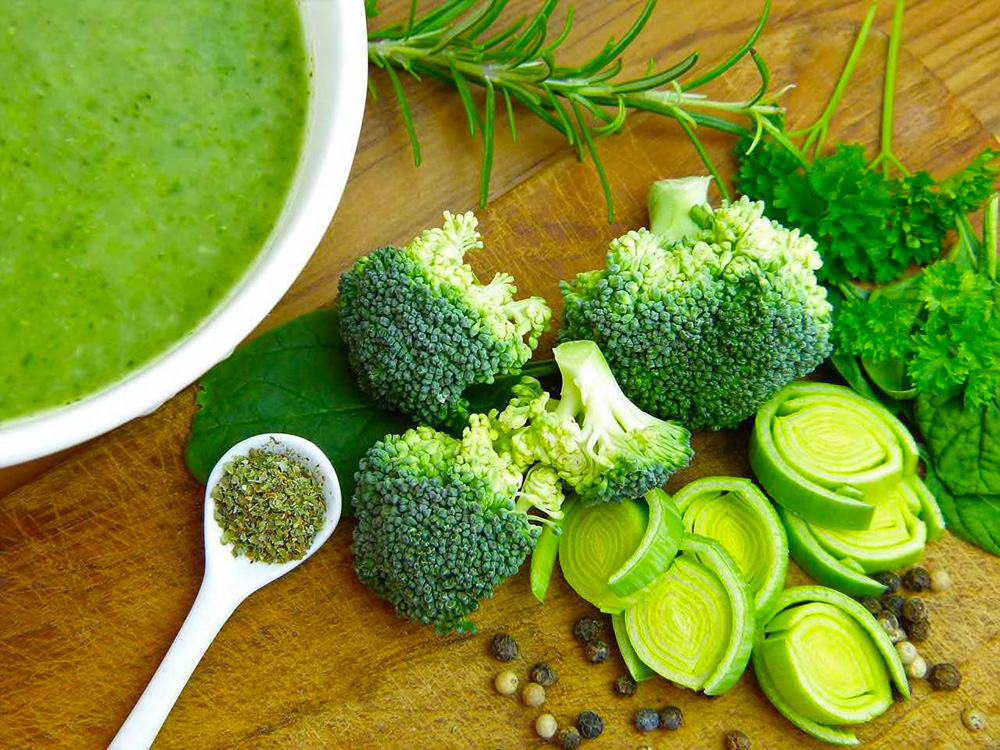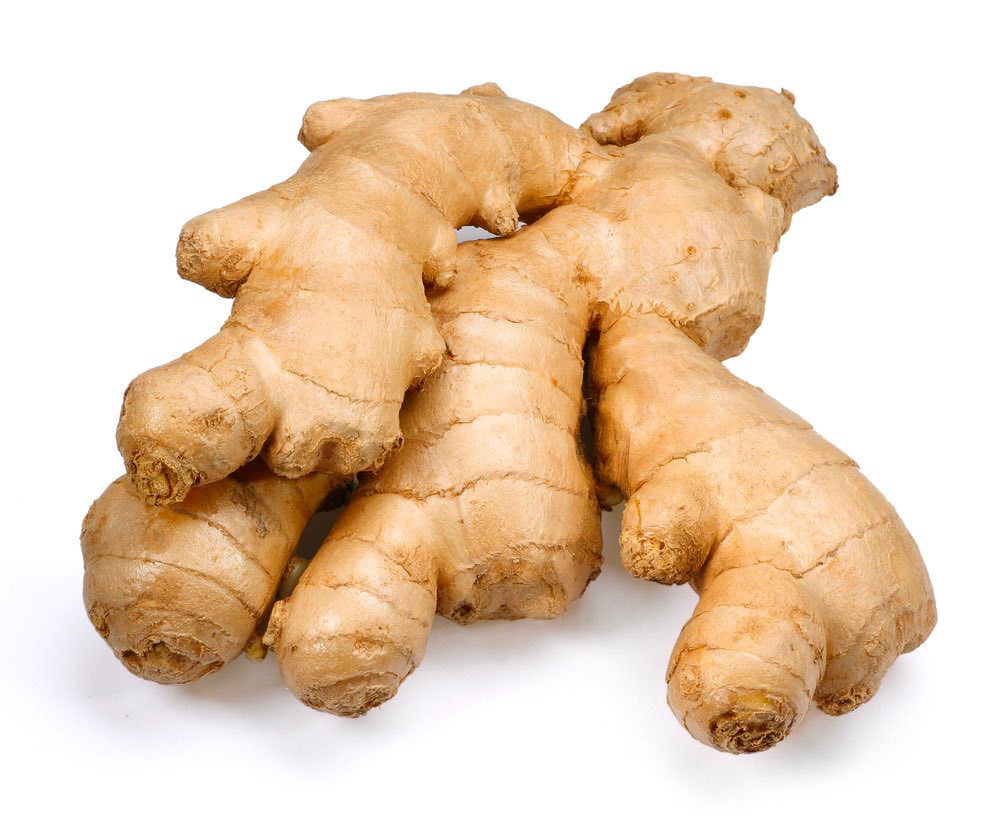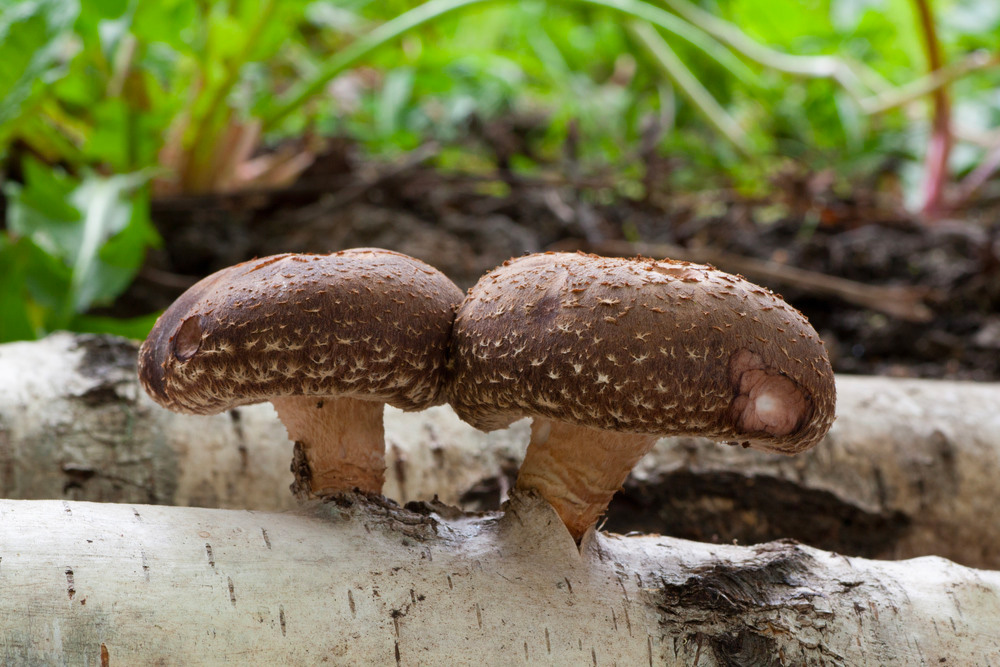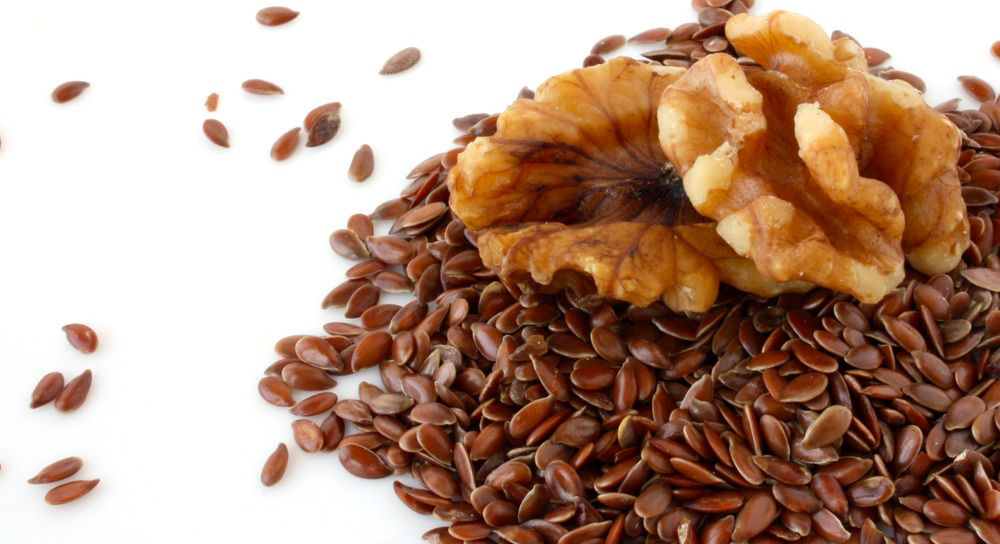Chinese Medicine Nutrition is grounded in the belief that food is not only a source of sustenance, but also a powerful tool for healing and maintaining optimal health. In TCM, foods are not only categorized by their nutritional content, but each food has its own unique properties and therapeutic effects on the body. By understanding and applying these principles, individuals can make informed choices about what to eat and how to prepare meals that support their unique needs and constitution.
The goal is to balance the diet with each person, their environment, in order to nourish the whole person.
In this blog post, we will explore the fundamental principles of Chinese Medicine Nutrition, including the concepts of Yin and Yang, the five flavors, and the thermal nature of foods with practical tips of how eat with the seasons.
- 1 Food as Medicine
- 2 General principles of TCM Nutrition
- 3 Yin and Yang: Eating for Balance
- 4 Hot and Cold foods list:
- 5 The Five Flavors and Their Functions
- 6 Fa Wu: Activating Foods to Avoid in Inflammatory Skin Conditions
- 7 Dietary Tips for Inflammatory Skin Conditions
- 8 Eating Seasonally to Balance Foods and Diet
- 9 How to incorporate balance in your diet
- 10 Conclusion
Food as Medicine
Food is an extension of Chinese herbal medicine. Like herbs, foods are classified according to their tastes and temperatures. These properties will categorized as being either “warming” or “cooling,” “yin” or “yang,” as well as“drying or damp producing”
Understanding the traditional natures of the foods can be helpful in understanding why some foods may aggravate certain conditions and while others may be beneficial. For example, inflammatory skin conditions are caused by heat, damp, or wind and may be aggravated by hot and aromatic foods. This may also be true for digestive diseases such as Crohn’s and Colitis which are also caused by damp heat.
Milk has long been recognized as a damp producing food. It is now well recognized that milk is a triggering factor for acne, which is often caused by dampness. Additionally, dairy products can exacerbate sinus headaches that are also often caused by damp. On the other hand, food can be used to promote healthy living and aging by focusing on foods that boosting qi and blood.
General principles of TCM Nutrition
Chinese medicine suggests to incorporate a variety of cooked, fresh, seasonal vegetables and fruits, lean proteins, and whole grains into your diet. In addition to the general principles that underlie most healthy diets, Chinese medicine has specific recommendations.
Avoid Raw and Cold Foods
In Chinese medicine, it is commonly recommended to avoid eating too many raw foods. Raw and cold foods are considered ‘cooling’, and can dampen the digestive fire. Eating a lot of raw foods, particularly in excess or in the cooler months, can damage the digestive Qi, causing symptoms such as bloating, diarrhea, and a feeling of cold. Eating cooked foods are also more digestible and the nutrient are more absorbable.
Over the years, I have had many patients who eat salads all the time, many times per day and eventually develop poor digestion and pain. For most people, you do not need to eliminate raw foods completely, but they should be balanced with cooked or warm foods. Cold and raw foods are better consumed in the summertime when the environment around you is also warm. In the winter it is better to eat warming foods.
Avoid Greasy Foods and Dairy That Cause Dampness
TCM also suggests avoiding dairy as well as greasy and fatty foods, as they can contribute to a the accumulation of dampness. Dampness is a concept in TCM that refers to an imbalance in the body that can lead to symptoms such as fatigue, heaviness in the body, sluggish digestion, and a feeling of fullness after eating. Greasy and fatty foods are harder for the body to break down, which can exacerbate these symptoms.

Eat a Wide Variety of Foods
Just as most healthy diets, Chinese medicine recommends eating a wide variety of foods with plenty of vegetables, healthy grains, and clean proteins.
Chinese medicine also has an idea to understand foods essential nature in their tastes and temperatures. TCM associates each taste with specific organs: Sweet taste benefits the spleen, sour goes to the liver, bitter benefits the heart, pungent benefits the lungs, and salty taste corresponds to the kidneys.
Eating a variety of these flavors not only provides a diverse range of tastes, but also ensures that we’re nourishing all of our organs. In TCM, it’s believed that this balance can help maintain overall health, prevent disease, and promote longevity.
Balance the Temperature of your foods
Foods not only have a temperature of eating them, hot, cold, or warm, they also have an essential thermal nature (cold, cool, neutral, warm, hot). “Cold” and “cool” foods are generally yin and are used to cool down the body, while “hot” and “warm” foods are generally yang, used to heat up the body. “Neutral” foods help to balance the body. Balancing the thermal nature of foods helps to maintain the body’s equilibrium, ensuring the organs function properly.
Yin and Yang: Eating for Balance
Yin and Yang are fundamental concepts in Traditional Chinese Medicine (TCM), representing the duality and interconnectedness of all aspects of life. Yin is associated with qualities such as cold, dark, and passive, while Yang is linked to warmth, light, and activity. Achieving a harmonious balance between Yin and Yang is essential for maintaining health and well-being.
Yin foods are generally considered cooling, moistening, and nourishing, making them ideal for individuals with excessive heat or dryness in their bodies. Examples of Yin foods include watermelon, cucumber, tofu, and many leafy greens.
On the other hand, Yang foods are warming, invigorating, and stimulating, making them well-suited for those with cold or damp imbalances. Examples of Yang foods include ginger, garlic, red meat, and spices such as cinnamon and cloves.
Some foods are classified as neutral in nature, meaning they neither strongly support nor oppose either Yin or Yang. These foods can be consumed regularly without significantly affecting the balance of Yin and Yang in the body. Examples of neutral foods include rice, potatoes, and certain legumes.
Hot and Cold foods list:
Below is a list of hot, warm, cool, and cold foods according to their thermal nature in Traditional Chinese Medicine (TCM). This list is not exhaustive but provides a general overview of common foods in each category.
Hot Foods (Yang):
- Chili peppers
- Cayenne pepper
- Wasabi
- Habanero pepper
- Black pepper
- Lamb

Warm Foods (Yang):
- Ginger
- Garlic
- Cinnamon
- Cloves
- Nutmeg
- Beef
- Chicken
- Leeks
- Onions
- Pumpkin
- Sweet potatoes
- Raspberries
- Dates
- Walnuts
- Fennel
- Basil
- Rosemary
- Thyme
Neutral Foods:
- Rice
- Potatoes
- Carrots
- Cabbage
- Cauliflower
- Corn
- Mushrooms
- Beans (kidney, navy, black)
- Peas
- Peanuts
- Almonds
- Cashews
- Pistachios
- Chicken eggs
- Oats
- Quinoa
- Pork

Cool Foods (Yin):
- Mint
- Cucumber
- Lettuce
- Spinach
- Celery
- Broccoli
- Asparagus
- Bamboo shoots
- Leafy greens such as kale
- Dandelion
- Purslane – AKA Ma Chi Xian, this is not only cooling and draining damp, it also has the most Omega 3 of any plant source including the only plant source of EPA.
- Pears
- Apples
- Watermelon
- Kiwi
- Strawberries
- Banana
- Green tea
- Chamomile tea
- Tofu
- Fish
Cold Foods (Yin):
- Snow peas
- Seaweed
- Kelp
- Tomatoes
- Grapefruit
- Lemon
- Lime

The Five Flavors and Their Functions
In Chinese Medicine Nutrition, the Five Flavors play a crucial role in understanding the properties of food and their effects on the body. The Five Flavors are: sweet, sour, bitter, pungent (or spicy), and salty. Each flavor has a unique set of functions and is associated with specific organ systems. Consuming a balanced combination of these flavors in our daily meals is essential for maintaining harmony and health.

Functions of the Five Flavors
- Sweet:
- Associated Element: Earth
- Corresponding Organ Systems: Spleen and Stomach
- Functions: Sweet foods are generally nourishing, tonifying, and soothing. They can help build energy, support digestion, and calm the mind. However, excessive consumption of sweet foods can lead to imbalances, such as dampness and weight gain.
- Examples: Grains, root vegetables, meats, honey, and fruits.
- Sour:
- Associated Element: Wood
- Corresponding Organ Systems: Liver and Gallbladder
- Functions: Sour foods have astringent and consolidating properties, helping to prevent excessive fluid loss, reduce perspiration, and calm the nerves. Overconsumption of sour foods can lead to constriction and stagnation in the body.
- Examples: Vinegar, citrus fruits, green apples, tomatoes, and yogurt.
- Bitter:
- Associated Element: Fire
- Corresponding Organ Systems: Heart and Small Intestine
- Functions: Bitter foods are known to have a cooling and detoxifying effect on the body. They can help to clear heat, reduce inflammation, and stimulate the release of accumulated toxins. However, excessive consumption of bitter foods can weaken digestion and deplete energy.
- Examples: Leafy greens, bitter melon, dark chocolate, coffee, and dandelion greens.
- Pungent (Spicy):
- Associated Element: Metal
- Corresponding Organ Systems: Lung and Large Intestine
- Functions: Pungent or spicy foods have a warming and dispersing effect, promoting circulation, stimulating digestion, and alleviating congestion. Overconsumption of pungent foods can cause excessive heat and agitation in the body.
- Examples: Garlic, ginger, onions, chili peppers, and certain spices like cinnamon and cloves.
- Salty:
- Associated Element: Water
- Corresponding Organ Systems: Kidney and Bladder
- Functions: Salty foods are moistening and softening, promoting the dissolution of hard masses and the elimination of excess fluids. They can help to maintain electrolyte balance and support kidney function. However, excessive consumption of salty foods can lead to fluid retention, hypertension, and overburdening of the kidneys.
- Examples: Sea salt, soy sauce, seaweed, kelp, and processed foods with high sodium content.
Fa Wu: Activating Foods to Avoid in Inflammatory Skin Conditions
It’s not that uncommon that my patients will tell me that their skin condition reacts to specific foods. Often these foods are what Chinese medicine refers to as Fa Wu, or activating foods.
Activating foods are warm and aromatic in nature, which stimulates the underlying heat and dampness causing your inflammatory skin conditions such as eczema, psoriasis, and acne. These foods generate heat and dampness in the body, leading to an imbalance and exacerbation of the hot type of skin issues.
Fa Wu foods include:
- Shellfish: Lobster and shrimp the most common shellfish foods that may contribute to the aggravation of inflammatory skin conditions due to their warm nature. This is not only in people who are allergic to shellfish, I find that many people with hot skin conditions have a sensitivity to these foods.
- Warm Fruits: Oranges, mangos, and other warming fruits can generate heat in the body, which may worsen skin inflammation.
- Spicy Foods: Some “hot” spices, such as chili peppers, cayenne pepper, ginger, and other hot spices can increase heat in the body, potentially aggravating skin conditions. Even if they are healthy, such as ginger, they may not be right for everyone.
While not specifically Fa Wu, greasy, fried foods, and dairy also contribute to the generation of dampness in the body leading to inflammation. These foods are know to be triggers for acne. Additionally, alcoholic beverages can generate heat and dampness in the body, which can further aggravate inflammatory skin conditions.
Dietary Tips for Inflammatory Skin Conditions
- Avoid or Minimize Fa Wu: Limit the consumption of activating foods, such as shellfish, warm fruits, spicy foods, greasy and fried foods, and alcohol, to prevent exacerbating skin inflammation.
- Eat Cooling and Anti-Inflammatory Foods: Incorporate cooling and anti-inflammatory foods into your diet, such as cucumber, watermelon, celery, and leafy greens, to help counterbalance the heat and dampness.
- Eat Omega-3 Rich Foods: Include foods rich in omega-3 fatty acids, like fatty fish, flaxseeds, and chia seeds, which can help reduce inflammation and promote skin health.
- Focus on consuming whole, unprocessed foods, such as whole grains, lean proteins, fruits, and vegetables, to provide the body with the essential nutrients needed for skin health.
- Avoid Refined Sugar and Sweeteners: Excess sugar is one of the most common pro-inflammtory foods. It also contributes to dampness. Limit the intake of refined sugars, sweeteners, and foods high in sugar content like candy, desserts, and sweetened beverages.
Chinese Medicine Dermatology
I wrote a chapter on TCM Nutrition for the skin.
Eating Seasonally to Balance Foods and Diet
Eating seasonally is an essential principle in Traditional Chinese Medicine (TCM) nutrition, as it emphasizes the importance of aligning our diet with the natural cycles of the environment. By consuming foods that are in season, we can maintain harmony with the changing weather, temperature, and energy patterns of each season.
Seasonal foods tend to be fresher, more flavorful, and more nutrient-dense, as they are typically harvested at their peak ripeness. Seasonal foods also tend to be more balanced temperature and taste with the seasons. Warmer foods generally are harvested in the fall and winter while cooler foods are Spring and summer foods.
Adapting Your Diet to Each Season
- Spring:
- In TCM, spring is associated with the Wood element and corresponds to the Liver and Gallbladder organ systems. This season is characterized by growth, renewal, and upward energy movement.
- Focus on consuming light, fresh, and detoxifying foods that help cleanse the liver and support digestion. Include plenty of leafy greens, sprouts, and mildly sweet and pungent foods like asparagus, radishes, and green onions.
- Minimize heavy, greasy, and processed foods that can weigh down the Liver and hinder the smooth flow of Qi (energy).
- Summer:
- Summer is associated with the Fire element and corresponds to the Heart and Small Intestine organ systems. This season is characterized by warmth, activity, and outward expansion.
- Emphasize cooling, hydrating, and light foods like fruits, vegetables, and salads that help counterbalance the heat and support the body’s fluid balance. Examples include watermelon, cucumber, mint, and lettuce.
- Limit hot, spicy, and excessively heating foods that can further aggravate the body’s internal heat.
- Late Summer/Early Autumn:
- Late summer or early autumn is connected to the Earth element and corresponds to the Spleen and Stomach organ systems. This season represents a transitional period between the hot summer and the cool autumn, marked by dampness and harvest abundance.
- Focus on consuming foods that support digestion, nourish the Spleen, and help eliminate dampness. Incorporate root vegetables, squashes, whole grains, and legumes into your diet.
- Avoid or minimize raw, cold, and damp-inducing foods like excessive dairy products, iced beverages, and sugar, which can contribute to dampness and weaken digestion.
- Autumn:
- Autumn is associated with the Metal element and corresponds to the Lung and Large Intestine organ systems. This season is characterized by contraction, inward movement, and letting go.
- Emphasize warming, pungent foods that support the Lungs and help expel any accumulated heat from the summer. Include foods like garlic, ginger, onions, and spices such as cinnamon and cloves.
- Limit cold, raw, and excessively cooling foods that can weaken the immune system and make the body more susceptible to illness.

- Winter:
- Winter is associated with the Water element and corresponds to the Kidney and Bladder organ systems. This season is characterized by stillness, conservation, and storage.
- Focus on consuming warming, nourishing, and energy-building foods that help support the Kidneys and promote overall vitality. Incorporate root vegetables, bone broths, meats, and warming spices like ginger and nutmeg.
- Minimize cooling, raw, and light foods that can deplete the body’s energy reserves and weaken the immune system.
How to incorporate balance in your diet
Incorporating the five flavors of Traditional Chinese Medicine (sweet, sour, bitter, pungent, and salty) into your diet can be a delightful culinary experience, offering not only a variety of tastes but also a range of health benefits. Here are some examples of how you might include these flavors in your meals throughout the day:
Breakfast
Start your day with a warm bowl of oatmeal (sweet) topped with a handful of blueberries (sour) and a drizzle of honey (sweet). For an extra health kick, sprinkle on some hemp seeds (sweet) and a dash of cinnamon (sweet, warm, and slightly pungent).
Lunch
For lunch, you could prepare mashed cauliflower with carrots (sweet) and leafy greens (bitter), cherry tomatoes (slightly sour), and grilled chicken (sweet). Top this with a homemade dressing made from olive oil, apple cider vinegar (sour), a small amount of honey (sweet), and a pinch of sea salt (salty) and black pepper (pungent).
Afternoon Snack
In the afternoon, try a healthy snack like celery (bitter) with almond butter (sweet) and a sprinkle of sea salt (salty). Or you could enjoy an apple (sweet and slightly sour) with a handful of roasted, lightly salted almonds (sweet and salty).
Dinner
For dinner, consider a stir-fry with tofu (sweet and slightly salty), a variety of vegetables like bok choy (bitter), bell peppers (sweet), and onions (pungent), flavored with ginger (pungent) and tamari or soy sauce (salty). Pair this with a side of brown rice (sweet) for a filling, balanced meal.
Dessert
If you fancy a dessert, you could enjoy a piece of dark chocolate (bitter) with a hint of sea salt (salty), or a sweet pear (sweet) poached with honey, almonds, and salt. (sweet and salty).
Beverages
For drinks, green tea (cool and bitter) can be a wonderful choice, perhaps with a slice of lemon (sour) and a spoonful of honey (sweet) if desired. Or you could try a warm turmeric latte made with almond milk (sweet), turmeric (pungent and slightly bitter), and a touch of honey (sweet).
It’s important to remember that balance is key. Listen to your body’s responses and adjust as needed.
Conclusion
In Traditional Chinese Medicine, food is not just a means to satisfy hunger – it is a powerful tool to balance the body and mind. This holistic approach encourages a symbiotic relationship with the natural world, teaching us that what we eat deeply affects our overall health and well-being.
By understanding the principles of Yin and Yang, the Five Flavors, and the importance of Qi and Blood, we can make informed choices that align with our individual constitutions, specific health needs, and the changing seasons. The introduction of functional foods, herbs, and spices, and an awareness of Fa Wu, can further help to tailor our diets, enhancing the therapeutic benefits of our meals and supporting our body’s natural healing processes.
While it’s essential to remember that each person’s nutritional needs are unique and may require personalized dietary adjustments, these principles offer a guiding framework to start exploring the role of nutrition in maintaining balance and promoting health in our lives.



